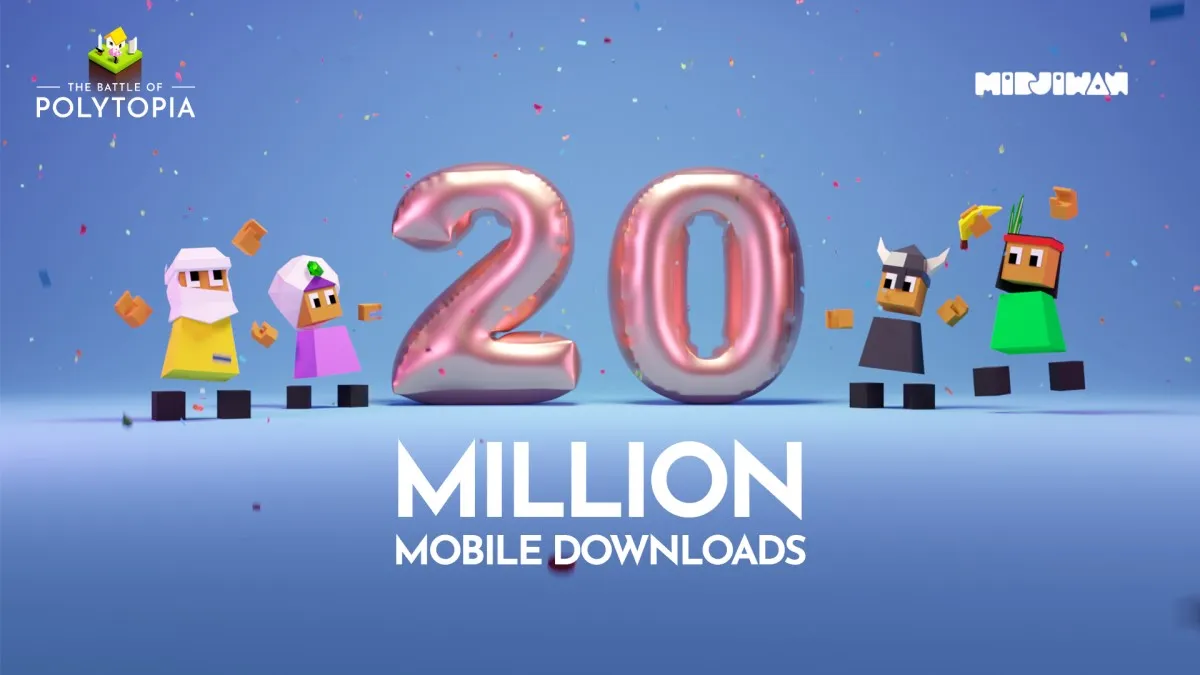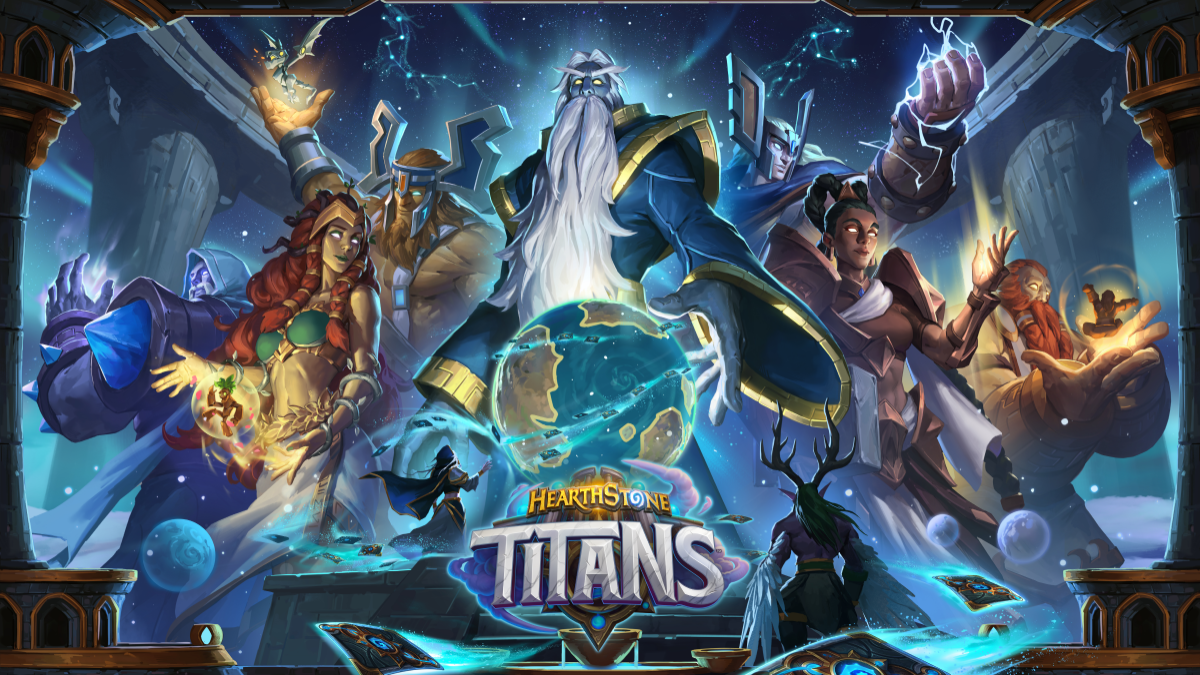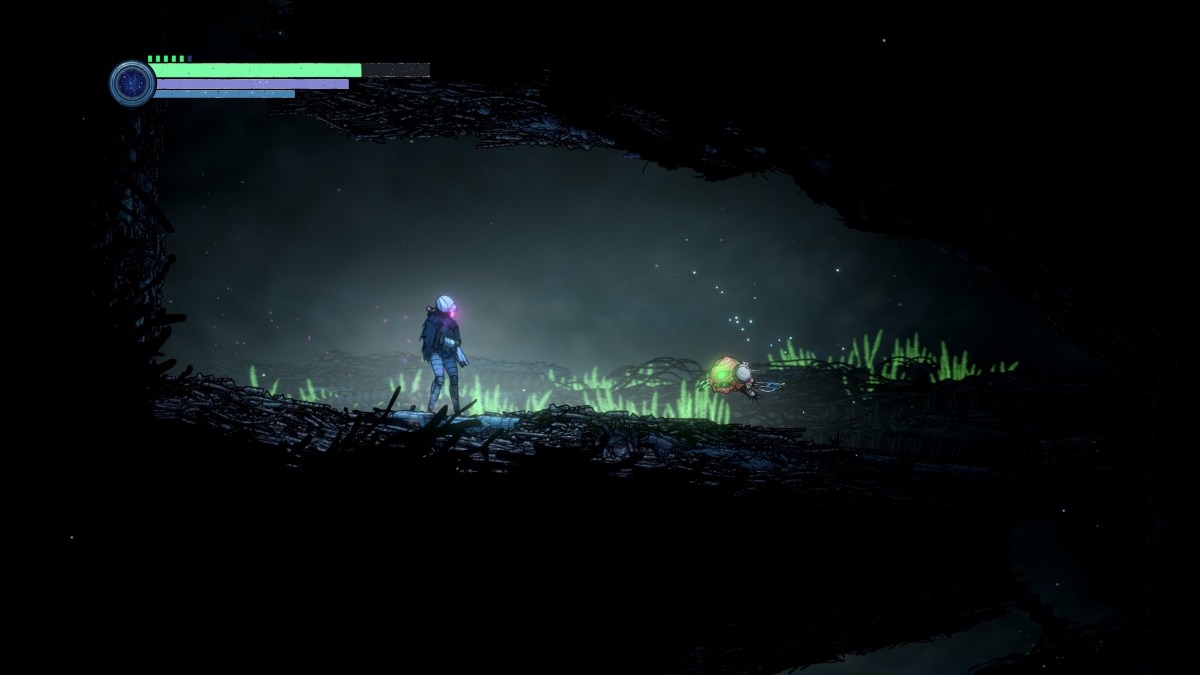Released in late January, Grey Goo is a Real Time Strategy title with clear inspiration from the 90s greats like Command & Conquer, Total Annihilation and Dune II. That doesn’t mean the game is slavishly retro; developers Petroglyph adopted plenty of modern day sensibilities like an accessible user interface and more expansive unit control, to make sure Goo wasn’t a mere throw-back.
Interested to know more about the development and design process, as well as possible future updates for the Grey Goo series, we sent over some questions to Petroglyph. Designer Pat Pannullo and Executive Producer Ted Morris answered the queries.
IncGamers: Petroglyph have a long tradition of RTS development but it’s been tougher in recent years. There was the End of Nations cancellation and more recently the Victory WWII Kickstarter. Was it hard to pick the studio back up and consider creating another RTS?
Ted Morris: Not really. While it’s disappointing when a game doesn’t work out for some reason, we have to realize that these setbacks also make way for new opportunities. We have a dozen or more ideas bouncing around in our collective heads at any moment in time, waiting to be prototyped (some RTS, some not).
IG: We played Victory WWII with you guys and it showed some early promise even if it didn’t capture the imagination of Kickstarter backers. Was there anything you learned from that or took forward into creating Grey Goo?
TM: People have different reasons for supporting a Kickstarter. While we had a core group that wanted to see the game get made, the larger group didn’t materialize likely because the game was based around a Free-to-Play model. I think that paying to fund a F2P game doesn’t register with the larger audience out there because there is a belief that there is no reason to pay for something that they think is essentially “free”. Of course, those funds are to cover the development costs of getting the game out in the first place.
IG: Grey Box are publishing the game so how did that relationship come about?
TM: Grey Box spent somewhere around 6 months looking for a partner to execute on their story and vision and talked to a couple dozen developer teams in the process. After our meeting with them, both groups felt a connection on a personal level as well as a professional one. The work that we did on Universe at War with the creation of three very unique factions also helped bring us to the lead of the pack since they wanted to bring some of that tri-faceted design into Grey Goo.
IG: There’s obviously been some cash thrown behind Grey Goo, the production value is really high. Did you think the game has a better chance of success with WETA being involved? It has that District 9 feel all over it with the Beta faction and there’s obviously been some real thought gone into the game world.
TM: WETA Workshop gave us a great boost on creating the world in which our characters and story exist, but I have to give a lot of credit to the creative forces at Grey Box and our own concept artists as well which spring-boarded off what WETA created to build the other 90% of the world. If you look at the concept work we did internally and the work that was done out of house you would have a hard time discerning which pieces were done at which studio. Both teams did a fantastic job and Grey Box helped bring it all together with their creative direction.
IG: With WETA looking after the lore, world and faction design, has that given you more time to really concentrate and enhance the gameplay to get this game out? Do you think it would have been possible to create an RTS at Petroglyph that fans of the genre could really engage with without their input?
Pat Pannullo: Work on the functionality of the game ran generally parallel to WETA’s work on the look. The design team actually began with a board game version of Grey Goo that we created to work through game flow, placement and pacing before we ever had a functional faction. Working in this way, we could put in rough balance numbers, build orders and units very quickly once the engine was in a state to do so. The result of this was a VERY early playable game – the Beta faction was functional only about three months after the initial documentation was written (with the Humans coming online soon after).
Because we actually had a working game, this allowed WETA to see what we intended to do with the units and structures, which in turn focused their work as well. Making games is a very cooperative experience, and Petroglyph, WETA, Grey Box and Axis worked very well together.
IG: After playing through the early missions, the game “feels” different even though it’s pretty standard tried and tested RTS game mechanics. It could be because players start as the Beta. We’re so used to starting as humans in RTS games. How did you approach the mission structure and story to give Grey Goo that different feel.
PP: From the beginning, we wanted the Beta to feel like the more “familiar” faction. It would have the most traditional RTS elements, and would feel more like Human factions in other RTS games felt as far as technology level. We liked the idea that, in this case, the Humans themselves were the hyper-advanced mysterious race. Since the Beta are also the most familiar in how they function as an RTS faction, they were the best choice to start out the story – players will be somewhat familiar with how the Beta work (if they are familiar with RTS at all).
The Beta also had the advantage of being the faction that knew the most about the universe. They were originally space travellers, so they knew the galaxy, they know what was out there, and they had the best ability to give information via exposition.
The humans coming next made sense because while we knew what they were physically, their mind set in the far future was a mystery. We eventually see that even with the advanced tech, humans will still be humans with all that entails. It was a step beyond the comfort of the beta. And, of course, that led to the Goo, with a completely alien way of thinking and the largest departure from RTS standards. Both the story and the mechanics of the game were layered on everything that comes before to allow the player to expand their understanding of both the world and the functionality at the same time.
IG: Grey Goo is a weird title but it’s in reference to self replicating nanotechnology that consumes everything. How hard was it to create and code the AI for the Goo faction because it can be infuriatingly tough to play against?
PP: The Goo faction was created last and it wasn’t really completed and refined until just a month or so before launch – it was that crazy. We actually had plans for the core functionality (the growth and splitting) very early, but getting that to a state where it could be balanced against the other factions took a lot of time and a lot of math on spreadsheets. As with most RTS balance, it comes down to economics. Once we had a way to equate the growth to a resource monetary value, it made balance much easier to deal with. However, there are a crazy amount of knobs to turn on the Goo faction, so it is a tough thing to get right.
As far as the visuals and code side of things, our lead engineer Erik Yiskis spent the better part of a year working with designers and artists to get the Goo to function as you see it today. It was, I think, the most complicated code work of the entire game, and he did an amazing job.
IG: The game really plays like a traditional RTS with resource collection, upgrades etc. Was there anything that you didn’t want to take into Grey Goo from traditional RTS gameplay?
PP: It really depends on what you consider traditional RTS. We were looking at things from a Dune II, Command & Conquer, Warcraft I era of gameplay. From that time period, we wanted to capture what made those games fun and bring that forward. However, if you play those games today, there are a lot of modern sensibilities that were lacking then, especially in areas like GUI, unit control and information given to the player at any one time.
One thing we decided against early was the notion of super weapons as they were presented back then. Most competitive RTS players don’t like super weapons because there really is no counter to them other than preventing their use in the first place. Once that nuke or ion cannon was used in C&C, you knew that you had to destroy the enemy base quick or you were done. For Grey Goo, we wanted the feel of the super weapons, but we didn’t want something that couldn’t be countered once it took the field. This is why we decided on the epic units instead.
IG: The unit cap is always something that frustrates me in multiplayer RTS games and Grey Goo has one. If you look back at the early C&C games there was no unit cap which was excellent so has it been added purely to stop any game performance issues?
PP: There are really only two reasons to my mind to use pop caps – performance and balance. Grey Goo uses it mostly for the former, with some balance concerns. Grey Goo puts a pretty heavy load on both the graphics card and the CPU. While the engine itself could theoretically support higher pop caps, most machines that are playing the game today could not handle the strain at those higher limits. From a lot of compatibility testing, we found that about 200 units per player in a four-player game was the limit for reasonable playability on our min-spec machines. That known limit allowed the design team to balance around those numbers.
Despite its negative connotations, however, pop cap is not necessarily a bad thing – it really depends on the game. In games where the whole point is huge, massive armies where each individual unit is not as important as the outcome of the battle, then a pop cap is a hindrance. In games where each engagement and each individual unit has great value, then the pop cap becomes a tool to create instances of hard choices, which are fundamental to good strategy games.
IG: The game’s price point was set at $49.99 USD and some prospective purchasers are shying away from buying Grey Goo now and waiting for it to go on sale. How did you get that price point nailed down? What factors influenced the decision? What is your response to entice players to pick it up now.
TM: Grey Goo was not developed as a budget title or shovel-ware – our publisher made sure to emphasize that when we were discussing the development plan. They wanted a high quality game to anchor their first foray into the market. Its price reflects nearly 3 years of development costs across 3 countries and 4 locations and I think it’s worth every penny!
IG: The RTS genre has had a tough few years. End of Nations was pulled, the new C&C also vanished after EA pulled it. Why do you think publishers have shied away from what was a massively popular genre ten or fifteen years ago?
PP: RTS mutated into new or similar genres (such as MOBA or RTT), and the popularity of the original form of the genre waned. This is not really a bad thing – the popularity of genres change over time in all forms of media. I also think that in many cases the RTS market became so saturated with games that wanted to be the next C&C, Starcraft of Total Annihilation that people just got sick of seeing them.
As with all genres that fell out of favour, it just takes a good game with modern sensibilities to remind them of the fun they had with those old titles. Many genres today are getting revisions that are doing very well (tactical RPGs, point-and-click adventures, etc.). I think RTS is set to make its comeback in the same fashion.
IG: StarCraft has nailed the RTS formula with it’s competitive gameplay. Is that something you are going to actively pursue with Grey Goo once launched? If so how are you going to encourage it and promote it moving forward?
TM: Our players are definitely looking for tools to help play competitively. We’re working with Grey Box on several additions to the core game that players will receive for free, such as Replays and Observer mode. We also have a couple other improvements that are in the works which we aren’t at liberty to discuss yet.
IG: Are we likely to see a Grey Goo 2? Or are you waiting to see how the sales go before making a commitment? Is that something GreyBox and WETA would have a say over?
TM: There is a lot of support behind Grey Goo. Instead of racing to make the next game the day after we ship, we’re keeping our focus on making this game one of the best supported, high quality RTS games players can get. Once we have achieved that goal we can start devoting our resources to what’s next.
Grey Goo is out now.










Published: Feb 14, 2015 12:00 pm